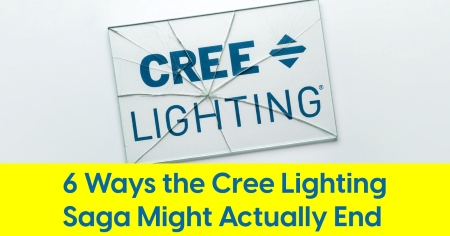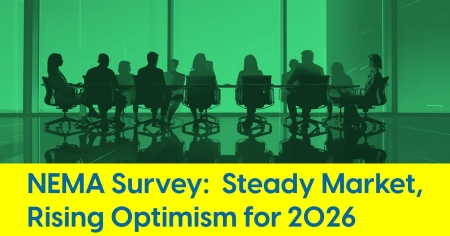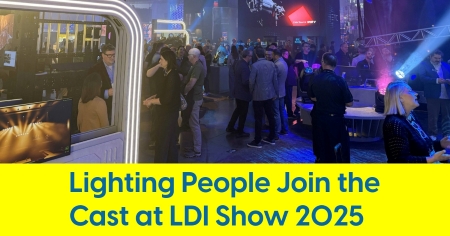Let’s start with the obvious: America does not make LED chips. Or at least, not at any scale that matters. The United States imports the vast majority of its LED chips, light bulbs, drivers, $10 downlights and $20 flat panels from Asia. China, yes — but also Vietnam, South Korea, Japan, Cambodia, and India. The April 2 order pulls all of them into the tariff dragnet.
China, one of America’s largest trading partners, now faces a fresh set of duties: 34% layered on top of existing 20% rates — a punishing escalation that reshapes the cost structure of nearly every imported lighting product. And unlike steel or labor, there’s no easy pivot. These aren’t parts you can just source from Nebraska.











